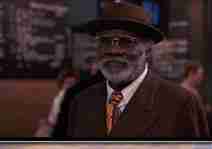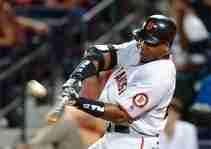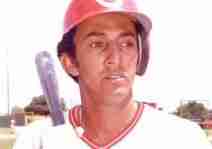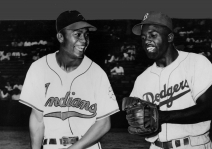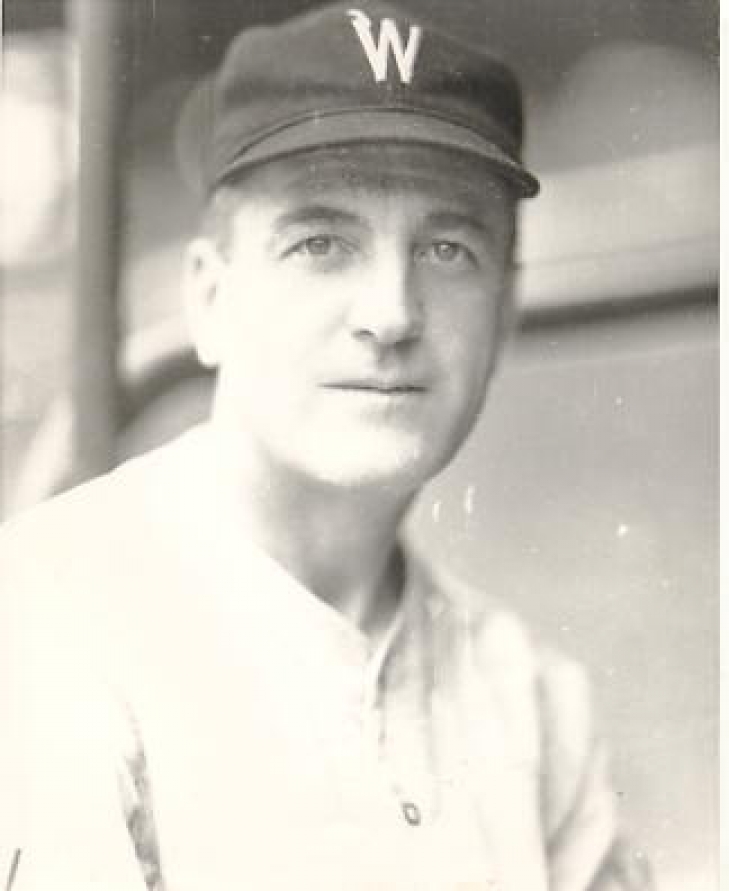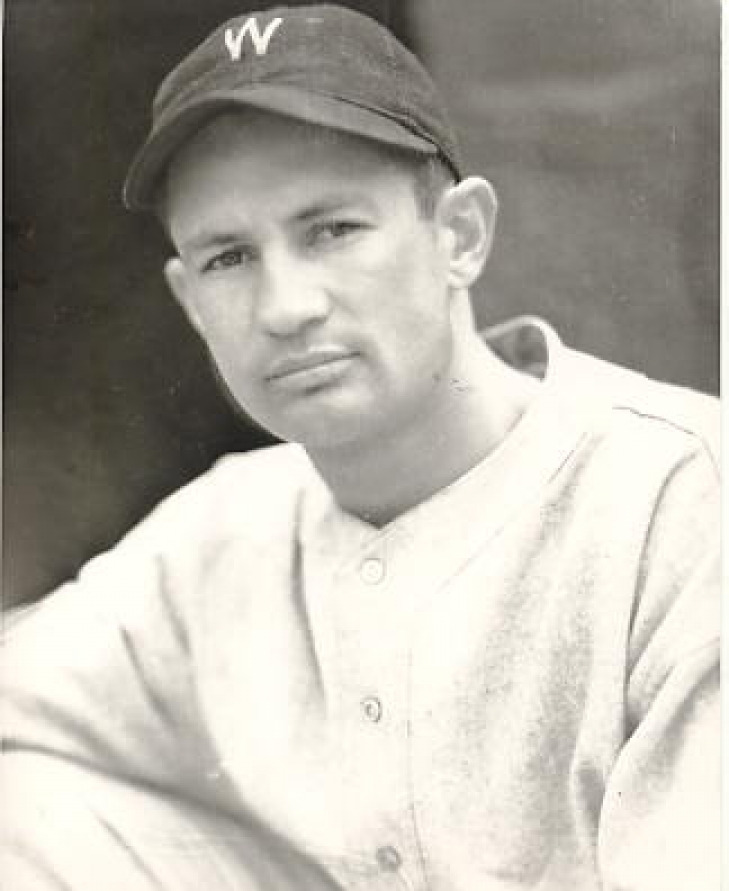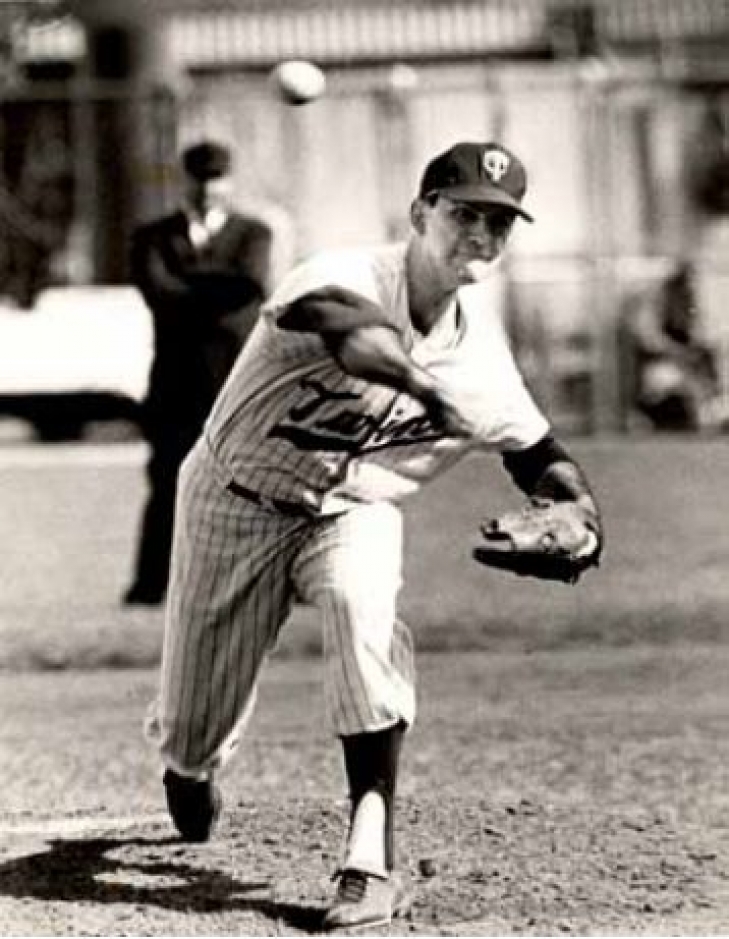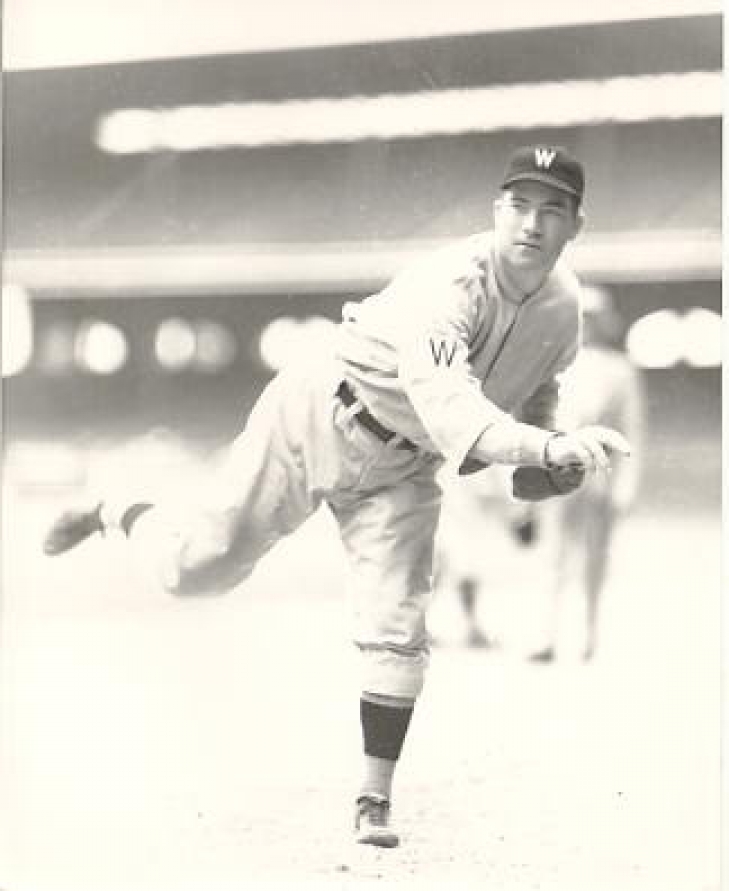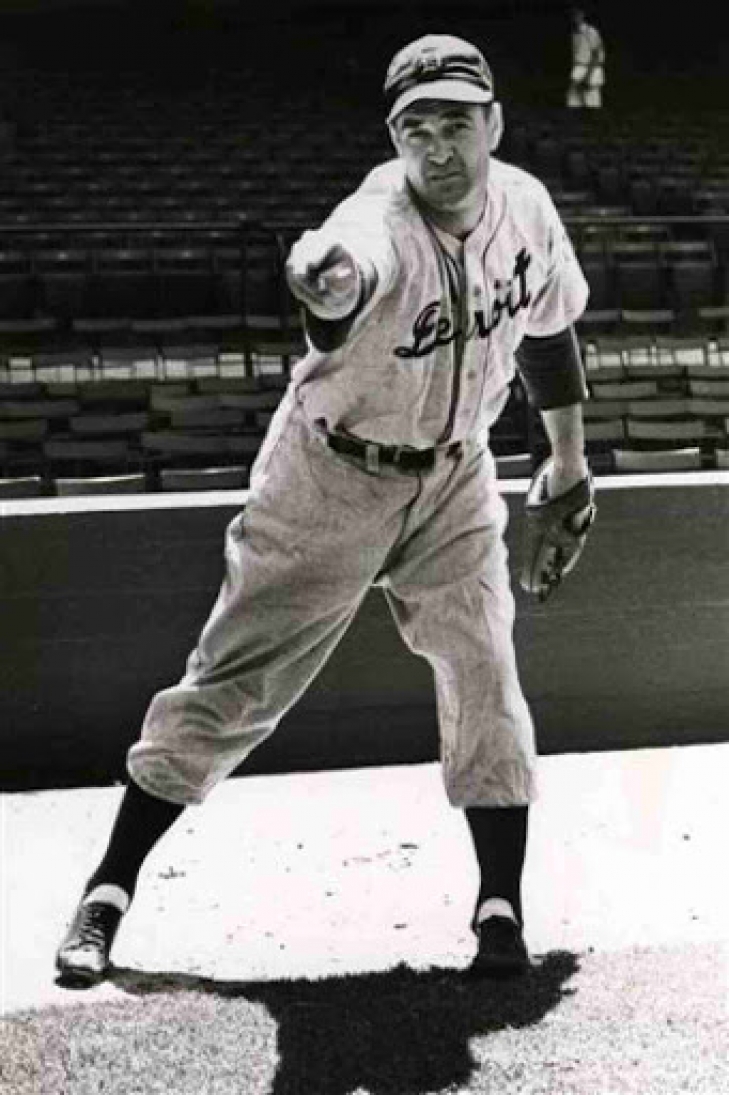Warning: Attempt to read property "params" on null in
/home/notinhal/public_html/plugins/k2/k2canonical/k2canonical.php on line
382
Eddie Foster was one of the better leadoff men in the 1910s, but as he played for the Washington Senators, he did not receive a lot of attention.
Debuting for the Senators in 1912, he led the American League in At Bats four times (1912, 1914, 1915 & 1918), and swiped at least 20 bases in his first four years in Washington. While he was not the most prolific hitter, he did compile 1,177 Hits over his eight years in D.C..
Mostly, Foster was lauded for his defensive skills, especially; in the deadball era that he played in.
Joe Judge played the vast majority of his career with the Washington Senators, where he was one of the best First Baseman of the American League during his era.
Buddy Myer was referred to as the "cocky little Second Baseman," though that was not meant as a compliment, and was usually used by opponent or opponents' fans after Myer did well.
Camilo Pascual left Cuba in 1951 at the age of 17, and a year later, he was part of the Washington Senators farm system. Pasucal was impressive, and he made the main roster in Washington in 1954.
The quick synopsis of Fred “Firpo” Marberry is a Pitcher who was used in a way that was ahead of its time.
There were two Pitchers in baseball who were named Dutch Leonard. The first was Hubert “Dutch” Leonard, who was a lefthander who had a 139-113 record with two World Series Championships with the Boston Red Sox. The second was Emil John “Dutch” Leonard, a righthander who may not have had a World Series Ring, but had a much longer tenure and was one of the better knuckleballers in baseball history.
Mickey Vernon arrived in the Majors in 1939 with the Washington Senators, and he was entrenched as their starting First Baseman in 1941. Vernon would do well in the early 40s, where he had three straight 145 plus Hit seasons before World War II came, and he would miss 1944 and 1945. When he returned, he would take his place in the upper tier of First Basemen.
When you are named Bobo Newsom, you have to assume that the possessor is a colorful character. He was, but there was a period where Newsom was also an excellent Pitcher.
A member of the 1924 World Series Championship Team, Tom Zachary would have four seasons for the Washington Senators where he hit the 15 Win mark. The lefthander would go 2-0 in the ’24 World Series and he finished in second place in ERA during the regular season. He would later win a second World Series Ring with the 1929 New York Yankees.
Zachary's Senators record was 96 and 104 with a 3.78 ERA.
Leading the American League in Stolen Bases five years in a row (1939-43) George Case was one of the fastest players in his time. Case would be chosen for three All-Star Games (albeit two during the War when there were limited stars in MLB) Case would finish as high as ninth in MVP voting (1945) and had two other years where he received MVP votes. The outfielder would have three .300 seasons and four campaigns where he accrued over 100 Runs Scored.
Case collected 1,306 Hits, 321 Stolen Base with a .288 Batting Average
Playing all of his nine of his Major League seasons with the Washington Senators, Jim Shaw may have had a losing record over his career (84-98), Jim Shaw was still a good pitcher who would finish in the top ten in Strikeouts four times and would lead the AL in Innings Pitched in 1919. He was nicknamed “Grunting” Jim Shaw, as like many tennis players when they hit the ball, he would grunt with every pitch.
A former Rookie of the Year for the St. Louis Browns in 1949, Roy Sievers became an offensive star for the Washington Senators in the 1950’s. Sievers would be named to three All-Star Games as a Senator and would finish in the top five in Home Runs three times. In 1957, he would win the Home Run and RBI Title while finishing third in American League MVP voting.
Sievers had 180 Home Runs with 823 Hits as a Senator.
Patrolling the Shortstop position for over a decade for the Washington Senators, George McBride was one of the best defensive infielders of his day. McBride had seven seasons where he had a Defensive bWAR over 2.0 and two where he went over 3.0. Career wise, McBride would lead the AL in Defensive bWAR four times (though granted in a time where this wasn’t a statistic) and as of this writing he is 25th overall career wise in that metric.
One of the most patient hitters in baseball history, Eddie Yost would lead the American League four times in Walks as a member of the Washington Senators. While Yost would not win an On Base Percentage Title in Washington (he did in both of his seasons in Detroit) he did exceed the .400 mark six times. Yost would also tabulate 1,521 Hits in Washington.
Spending his entire professional baseball career with the Washington Senators, Buddy Lewis looked liked he was primed for greatness. A hitting machine, Lewis had six straight 160 plus Hit seasons by the age of 24, and was only behind only Ty Cobb in the statistic of Hits by a similar age.
Playing for the Washington Senators for all of his eighteen MLB seasons, Ossie Bluege was not known as a great hitter, though he was consistent enough to put together 1,751 Hits over his tenure. Bluege was best known for his defensive skills at the hot corner and would likely have been a multi-time Gold Glove winner had that award existed at the time.
Heinie Manush was one of the most successful hitters in baseball in terms of Batting Average, as he retired with a .330 BA. Manush was with the Senators for six years, and while we did not win a Batting Title as a Sen, he did finish in the top five three times while playing in the Capital. Manush would however lead the AL in Hits and Triples in 1933, the season he would help take Washington to the American League Pennant. He would finish third in MVP voting that year and also do so the season before.
There were few players who more hurt their baseball career more from serving their country in World War II than Cecil Travis. Travis was a three-time All-Star and in the ’41 season, he would lead the American League in Hits with a .359 Batting Average. Travis batted over .300 six other times and in that season before World War II finished sixth in MVP voting.
A feared knuckleball pitcher (Jackie Robinson said as much), Dutch Leonard went to three All-Star Games as a Washington Senator. For a knuckballer, Leonard had very good control, twice leading the AL in BB/9 and once and WHIP. As a testament o his lack of walks delivered, Leonard once led the league in SO/BB, which was especially incredible considering that he was not regarded as a Pitcher who struck out many batters.
With the Senators, Leonard had a record of 118-101 with a 3.27 ERA.
Joe Cronin is far more known for being a member of the Boston Red Sox. The BoSox retired his number and he represented the American League in the All-Star Game five times. Still, Cronin’s overall production with the Washington Senators isn’t that far off from what he accomplished in Massachusetts.


